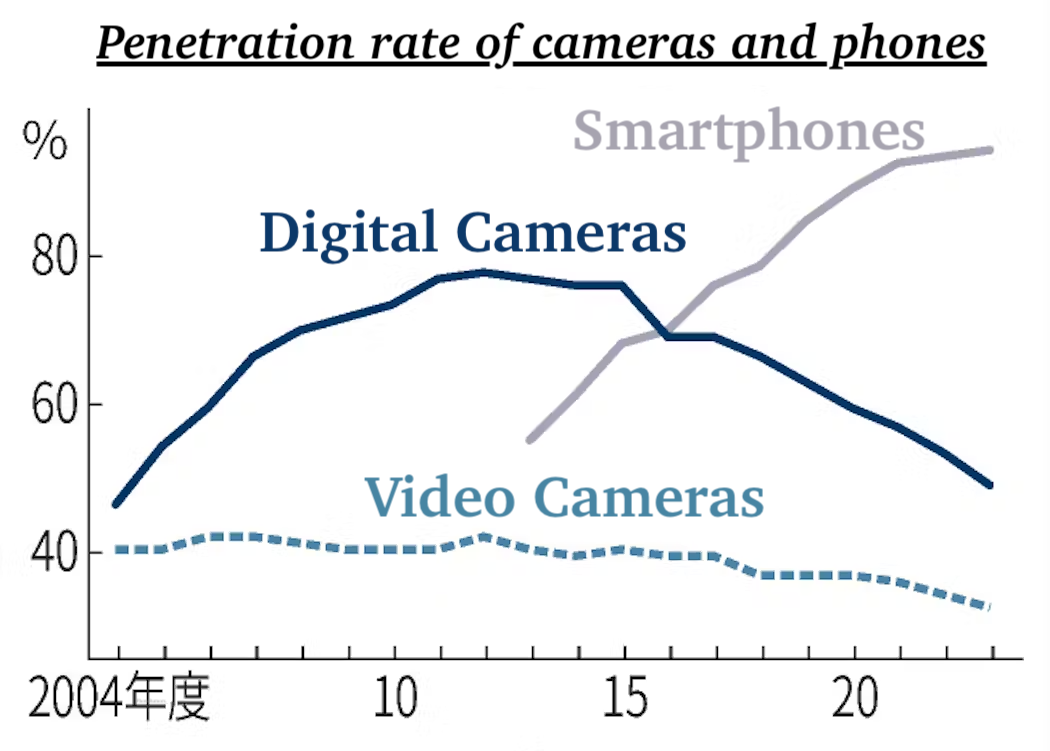If we assume average spending is in the midpoint for all groups except for the >$5000 group which I assume spent $7500, the revenue numbers proportionally are:Not a direct answer, but there was a recent blog post reporting on a 2024 survey of 500 professional photographers (the majority were wedding photographers), and this was one question:
View attachment 221291
| Group | % of Revenue Contribution |
| < $500 ($250 avg) | 3.92 |
| $500 - $1000 ($750 avg) | 17.49 |
| $1000 - $2500 ($1750 avg) | 28.21 |
| $2500 - $5000 ($3750 avg) | 23.37 |
| > $5000 ($7500 avg) | 27.01 |
So proportionally even though the > $5k group is the smallest numerically, companies probably have an outsized contribution from the "big spenders" group in terms of revenue.
No surprise that companies are chasing the higher end -- fewer customers to deal with, lots of revenue to be had.
Upvote
0

